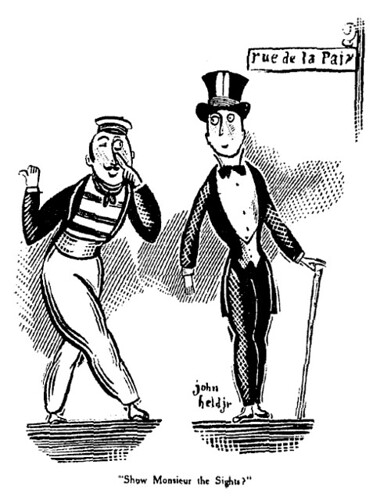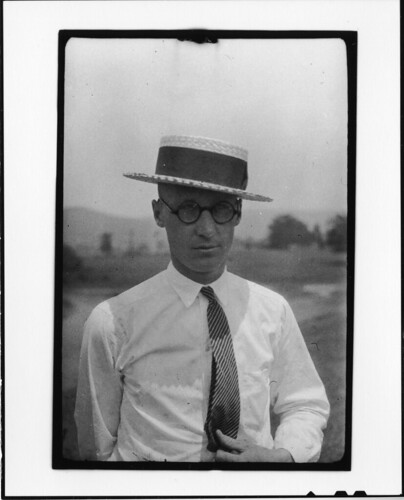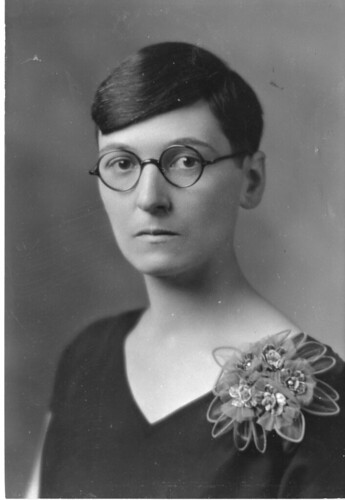Street Scene: 1921 (From
Shorpy, the 100-year-old photo blog.)
Falco is wearing a straw hat in
Goldenbird #1. Back in the beginning of the century, it was the standard summer headgear of men, in Europe as well as in America. Just do a search in the New York Times archives on "straw hat season", and you will reveal the importance of a cultural institution, as well as the controversy that it could spark among well-behaved citizenry, especially if the holy limits of June 15th and September 15th. A sample of headlines follow...
KILLED IN STRAW HAT ROW.; Man Shoots Another Who Destroyed His Out-of-Season Headgear.
October 9, 1911, Monday [
...more...]
FIRST STRAW HAT OUT; And Honeysuckle Blooms in Jersey, with Mercury at 70.
January 21, 1913, Tuesday
WASHINGTON, N.J., Jan. 20. -- It is straw-hat season here now. J. Clark Axford, a local business man, set the fashion by driving around town to-day with the Summer headgear adorning him. He was laughed at for the most part, but nobody could deny that there was nearly as much excuse for the light covering as in the middle of Summer. [
...more...]
THE STRAW HAT SEASON IN ITALY.
To the Editor of The New York Times:
In pointing out that the Italians are a highly civilized nation, would it not be of weight to adduce the fact that in Italy men continue to wear straw hats as long as the weather justifies them? - LOUIS HOW. New York, Sept. 20, 1917. [
source]
CITY HAS WILD NIGHT OF STRAW HAT RIOTS; Gangs of Young Hoodlums With Spiked Sticks Terrorize Whole Blocks. VICTIMS RUN THE GAUNTLET Youths Line Car Tracks and Snatch --Mob of 1,000 Dispersed on Amsterdam Avenue.
September 16, 1922, Saturday
Gangs of young hoodlums ran riot in various parts of the city last night, smashing unseasonable straw hats, and trampling them in the street. In some case, mobs of hundreds of boys and young men terrorized whole blocks. Complaints poured in upon the police from men whose hats were stolen and destroyed. But as soon as the police broke up the gangs in one district, the hoodlums resumed their activities elsewhere. [
...more...]
Whew! And people complain about today's youth. Among other interesting tidbits of straw hat related information: the trimmings were often made with "
glycerined ostrich".
"Anomalies in Millinery" is a lovely headline, too. I must remember to use it somewhere.

















































